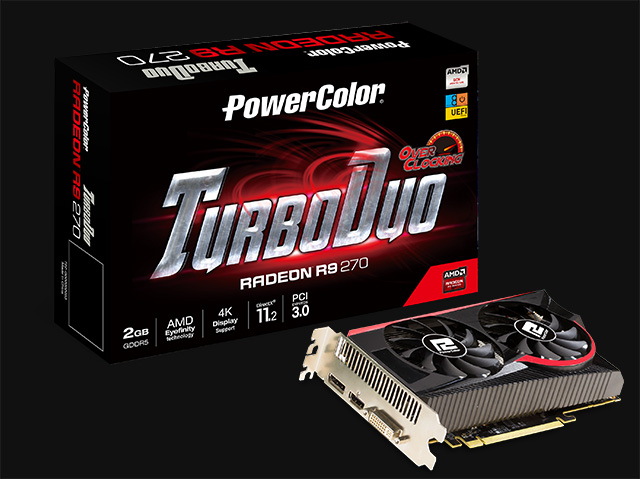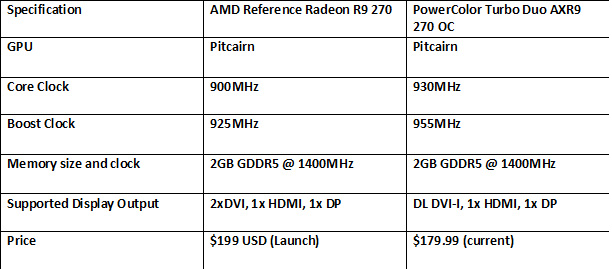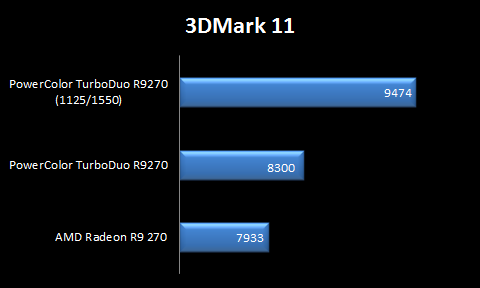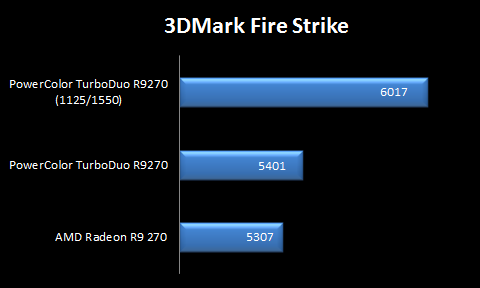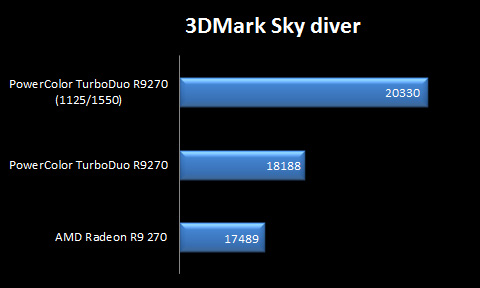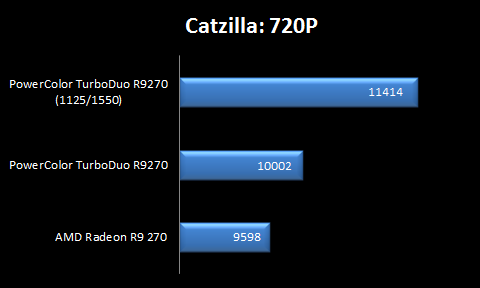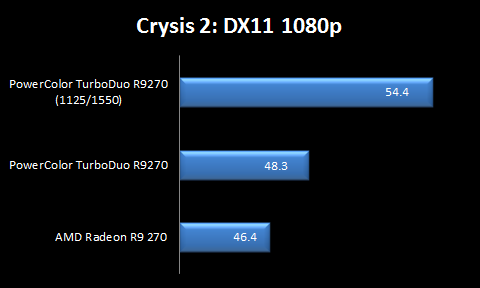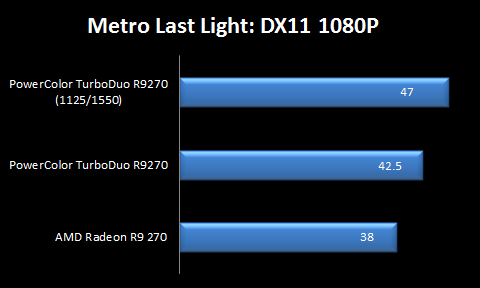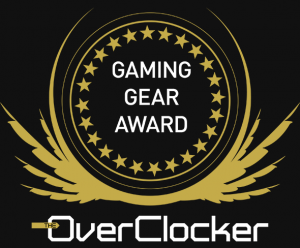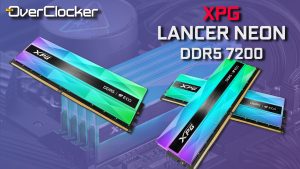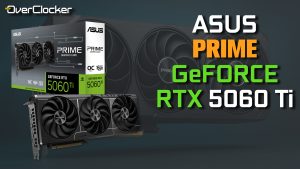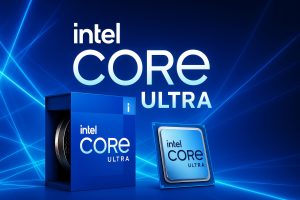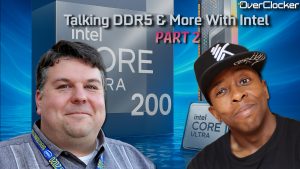PowerColor R9 270 Review
TurboDuo RADEON R9 270
INTRODUCTION
It’s been a while since we looked at low to mid-range graphics card here at TheOverclocker. As we are primarily concerned with only the highest end SKUs and the most ridiculous gaming and overclocking gear. However, most people can’t afford to spend $600 USD on a graphics card or set aside $300 for an LN2 pot or any other hardware that we take for granted. For the most part, $200 is what average gamers are willing to spend on a graphics card upgrade. After all, spend is largely dedicated to games and subscriptions for MMOs and triple A titles. This sub $200 market isn’t small by any measure and very highly contested between AMD and NVIDIA. Subsequently each vendor’s partners are out to prove that they have earned your $200 more than their competitors. To that end, we are looking at the PowerColor TurboDuo, Radeon R9 270 OC graphics card today. At $180 USD it is priced in line with the other R9 270 graphics cards out on the market. Of course you could always purchase a cheaper version like the XFX Double D R9-2780A but that one is slower as it has a lower core and boost clock. This goes for the Sapphire Dual-X model as well.
The only other option at this exact price is the GIGABYTE model, which does have the number on this one if only because of the 20MHz clock advantage. Short of that, there isn’t a cheaper version of the R9 270 we can find and that is good for the PowerColor card. Without any further delay let’s let’s take a quick look at the specs of the card
As you can tell, this card doesn’t vary too much from the reference AMD sample. Save for clock speeds and a single dual-link DVI connector. Be advised that only the HDMI and Display Port connectors support 4K output. The DVI output is limited to 2560×1600.
Test Configuration
• INTEL Core i7 4790K @ 4,600MHz
• 2x4GB CORSAIR Dominator Pro Platinum C10 2666
• EVGA Z79 Classified (V1.05)
• INTEL 730 480GB SSD
• CORSAIR AX1500i PSU
• Windows 7 64-Bit
• AMD Catalyst 14.6 Beta
We test all components on a regular Windows 7 64-bit install. It is more representative of the normal user experience than a stripped down; highly efficient installation would be for competitive overclocking. All graphics options are left at their default values other save for disabling V-sync and letting the application dictate tessellation levels.
Overclocking and Performance
As this is a mid-range card, it is not designed to have an excessive amount of overclocking enhancing features. The cooler does a brilliant job keep the temperatures manageable without ever being too loud. What we consider too loud will be different from what others think, however we are using a test bench and thus all graphics cards would always end up noisier than they would in a standard chassis. With that said, we did notice a little whining from the fan when it was set to maximum rotation speed. This noise is intermittent and isn’t enough for us to complain about, but this particular sample’s fan did exhibit this noise. Once again, inside a case you’re likely to not hear it over the PSU, CPU or other cooling fans. In that regard we find the TurboDuo more than satisfactory.
We here, however are concerned about performance over and above everything else and despite the relatively modest overclock, the TurboDuo performed consistently above the reference card that it makes the overclock worthwhile. Tuning further can obviously be done within the Catalyst Control center, but we have found that using Powerup Tuner works best if only because you can save profiles and dictate fan speed behavior under different conditions. The program may not be as comprehensive as AfterBurner, but it does the job and as stated, is a lot better than using AMD’s own Catalyst overclocking utility.
There isn’t any means of controlling the VDDC (VGPU) voltage on this card. There are some utilities that seem to work like TriXX, but it will not in any way set the voltage. You’re stuck at 1,188V and you’ll have to make the best out of that. With that said, we managed a healthy 1125MHz in the core and an impressive 1,550MHz on the Hynix GDDR5 memory. Some benchmarks we could complete at 1,150MHz but that was not stable to run through the entire suit we used. Thus we settled on the lower frequency. We suspect that for everyday use one will likely want to employ 1,100MHz or perhaps 1,075MHz for that added safety. Of course each model will vary and our particular card according to GPU-Z had an ASIC quality of 67.9%. Not great by any means, yet we managed a healthy 170MHz overclock for our tests. That is impressive by our measure, especially given that we had nothing but the TDP power limit slider and fan speed to work with.
Talking about the fan speed again, at full throttle it managed to keep the card form going above 65’C even with the overclock on both the core and memory. This was in contrast to the normal fan profile which capped temperatures at 71’C. It’s very obvious that this is one capable cooler that PowerColor has built. It makes us wish we had voltage control even more. As always however nothing prevents you from taking a trimmer to the Card and doing it the manual way, or some would say the old school way (As a side note, you’ll be voiding the warranty as well just in case you forgot about this bit) .
Benchmarks
A favorite for many still, this is surprisingly one of the hardest tests on a graphics card there is here, only second to Unigine Heaven Xtreme. Tessellation is the name of the game here. We ran our tests with normal tessellation levels as dictated by the benchmark. It is easy to increase these scores by disabling it as you know.
The latest Benchmark suite from Futuremark is also their best looking effort to date. Comparable in artistic inspiration to 3DMark2001SE or at the very least 3DMark03. This benchmark is hard on any graphics card as it uses a wide range of DirectX11 features and is computationally heavy as well. The overclocked 270 does very well here distancing itself fro the reference card by over 700 points. Excellent performance at this price.
A sub test of 3DMark13*, this is a new one that is supposedly for systems that score less than 2,000 points in the above Firestrike test. That may be the intention behind it but we always love seeing a new benchmark from FM and this one is in line with the others in the suit, presenting a fairly short but exciting to view benchmark. This test is harder to pass at higher GPU clocks speeds than Firstrike it seems. We’ve no confirmation on this as we’ve not done a repeated and thorough test on this theory but it seems to be the case at present. Regardless, the PowerColor card does well here again with another 700 point advantage against the reference card. With the overclock it is almost 3,000 points higher.
What can we say about everyone’s favorite Dub-step cat? Another respectable showing for the PowerColor card.
2011’s hit title from Crytek showed up looking very console like, but with a high resolution texture pack and DirectX11 ultra patch, it instantly turned into one of the best looking games of the year. It isn’t as taxing as it was at the time, but still looks amazing and represents a realistic load of what high quality triple A titles may require from a graphics card.
This test is long and hard on every graphics card. If you can pass this one at whatever clock speeds, the card is pretty stable, game stable perhaps. Possibly the most taxing GPU benchmark on the BOT or anywhere else for that matter.
Metro Last Light, has all the DX11 bells and whistles you can ask for. We ran this test with SSAA disabled as it really brings the performance to a grind. At present it’s not possible to use this post processing effect on modern day graphics cards and enjoy playable frame rates. Everything else however was set at the maximum possible quality
Conclusion
Well there you have it. $180 buys you graphics card that can more than keep up with modern games at full HD resolutions. There’s more in this GPU we just know it and all it needs is some more vGPU. As it is however, it overclocks well enough to make it a worthwhile endeavor. Form our side; this presents some good value and one card we’d not hesitate to recommend if you’re on a budget. This one is deserving of our Gaming Gear Award

